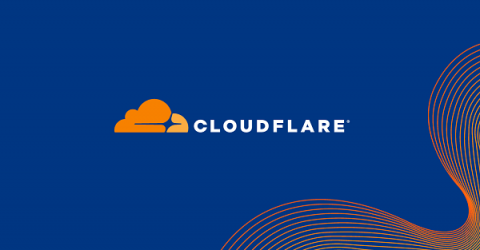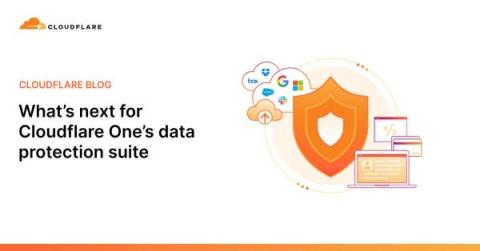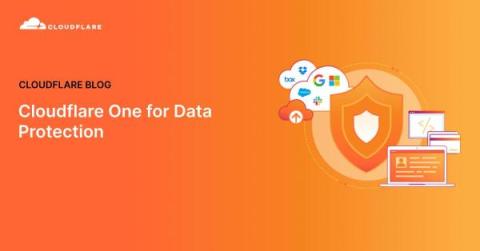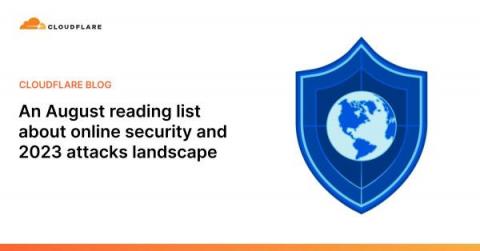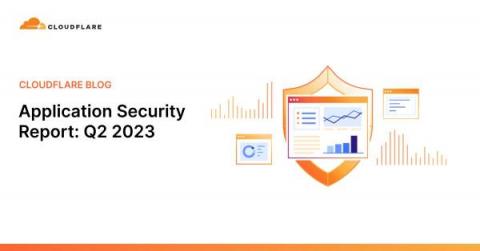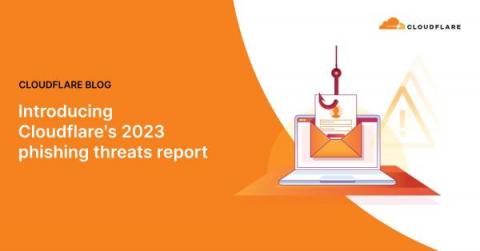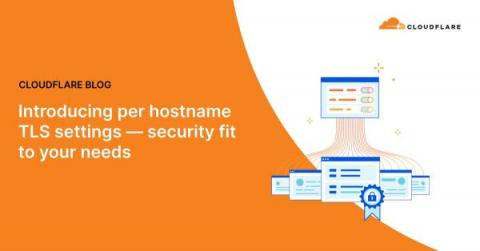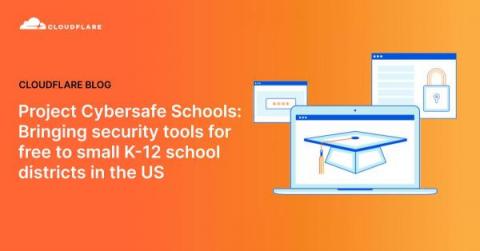Elevate load balancing with Private IPs and Cloudflare Tunnels: a secure path to efficient traffic distribution
In the dynamic world of modern applications, efficient load balancing plays a pivotal role in delivering exceptional user experiences. Customers commonly leverage load balancing, so they can efficiently use their existing infrastructure resources in the best way possible. Though, load balancing is not a ‘one-size-fits-all, out of the box’ solution for everyone.



